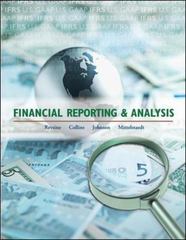Question
Consider a two-period model, inhabited A and B. A has the following preferences uA(c0,^(A) * c1^(A) = ln(c0^(A))+0.9 ln(c1^(A)), while B has the following preferences
Consider a two-period model, inhabited A and B.
A has the following preferences uA(c0,^(A) * c1^(A) = ln(c0^(A))+0.9 ln(c1^(A)), while B has the following preferences uB(c0,^(B) * c1^(B) = ln(c0^(B))+0.8 ln(c1^(B)).
Consumer A receives an income Y0^A = 100 in period 0 and Y1^A = 150 in period 1. On the other side, Consumer B receives an income Y0^B = 125 in period 0 and Y1^ B = 100 in period 1.
Assume the interest rate is r. The government wants to spend G0 = 50 in period 0 and G1 = 75 in period 1.
These spendings are financed through lump-sum taxes. It is assumed that the government collects the necessary tax to finance its spending in each period and the tax burden is equally supported by the consumers in each period.
1. Compute the optimal consumption (c0, c1) for each individual as a function of the interest rate r.
2. Find the equilibrium interest rate that clears the credit market.
Step by Step Solution
There are 3 Steps involved in it
Step: 1

Get Instant Access to Expert-Tailored Solutions
See step-by-step solutions with expert insights and AI powered tools for academic success
Step: 2

Step: 3

Ace Your Homework with AI
Get the answers you need in no time with our AI-driven, step-by-step assistance
Get Started


